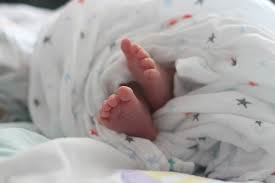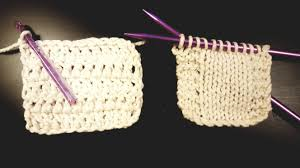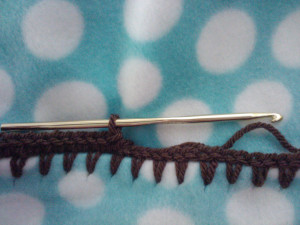Tips for Making a Blanket
When your blanket is completed, please look at it! Make sure this is a blanket you would be happy to give to a loved one. Also, while the sentiment is appreciated, we ask that you do not donate store bought blankets as we are unable to distribute them. Our standards are high as required by UPMC facilities.
General
|
Crochet/Knit
|
Quilting
|
Fleece
|
The children and their families are deeply appreciative of your donation of time and talent!






